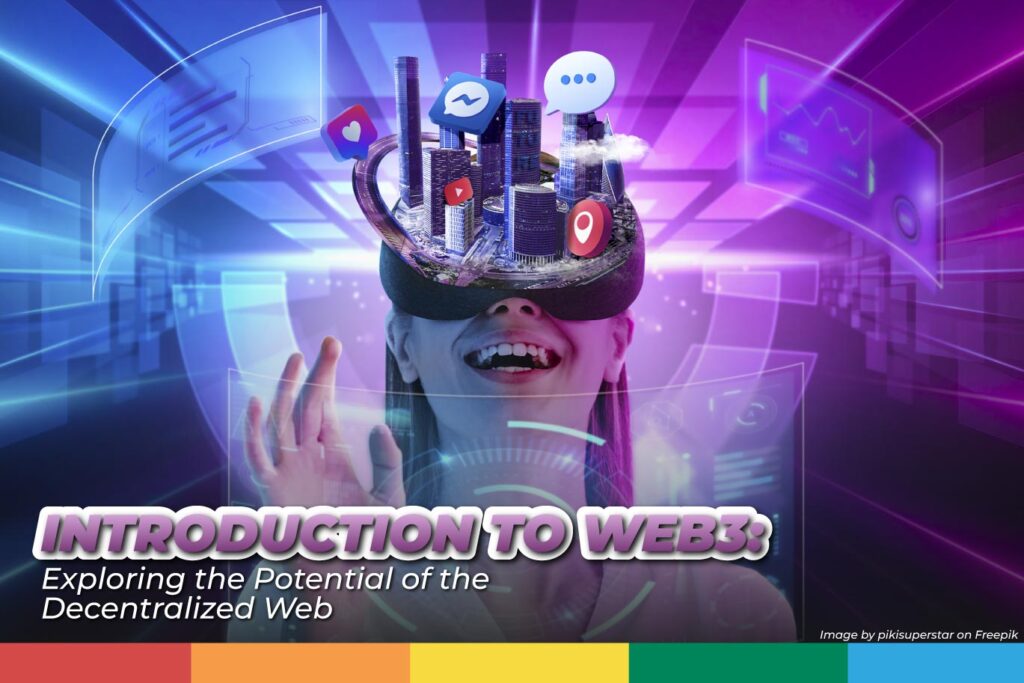The digital era has evolved rapidly, changing the way we conceive and use the web. If you’ve ever wondered what the next chapter in internet history will look like, let me introduce you to Web3, the promising future of the decentralized web.
What Is Web3?
To understand Web3, it’s essential to first grasp its roots. Web1 referred to the static web of the 1990s, where information was presented in a one-way manner. With the advent of Web2 in the 2000s, we saw the rise of interactive platforms, social networks, and participatory web. But Web3 is different; it’s a decentralized web powered by blockchain technologies.
In simple terms, Web3 aims to eliminate intermediaries and return control and ownership of data to users. Imagine a web where you don’t rely on corporate giants to store your photos, manage your finances, or interact on social networks. That’s Web3 in action.
The Promises of Web3
- Data Ownership and Control: Instead of large corporations having absolute control over your data, in Web3, users own their data. This means you decide how and when you share your information.
- Transparency and Trust: Thanks to blockchain technology, every transaction or interaction in the decentralized web is transparent and verifiable. This builds a strong foundation of trust among users.
- Decentralized Innovation: By removing barriers and centralization, Web3 fosters innovation. Small developers and startups have the same access and opportunity as large companies, leveling the playing field.
Practical Applications of Web3
- Decentralized Finance (DeFi): DeFi platforms enable financial transactions without intermediaries, such as loans, exchanges, and insurance, all executed by smart contracts on the blockchain.
- NFTs (Non-Fungible Tokens): These unique digital assets are revolutionizing how we view ownership and authenticity in the digital world, from digital art to collectibles and other types of assets.
- Digital Identity: In Web3, your digital identity is yours and securely stored on the blockchain, eliminating the need for multiple logins and passwords.
Challenges and Considerations
As with any innovation, Web3 presents challenges. Mass adoption is still in progress, and there are concerns about scalability, interoperability between different blockchains, and regulation.
However, for visionary entrepreneurs and professionals, these are opportunities to pioneer and shape the future of the web.
Implications for Professionals and Businesses
If you’re a professional between the ages of 24 and 45, immersed in the world of technology, digital marketing, or entrepreneurship, Web3 is not just a passing trend; it’s an ongoing revolution that could redefine entire industries.
- Digital Marketing: With Web3, marketing strategies can be more personalized and authentic, using data verified directly by users.
- Entrepreneurship: Startups focused on decentralized solutions have exponential growth potential, and investors are actively seeking the next big ideas in the Web3 space.
- Innovation: The possibilities are endless. From decentralized voting systems to educational platforms, the only limit is our imagination.
Web3 is more than a new technology; it’s a philosophy that puts the user at the center of the web. For professionals and businesses looking to stay at the forefront and make a real impact in the digital world, it’s essential to understand and explore the opportunities that Web3 offers.
As Tim Berners-Lee, the inventor of the World Wide Web, once said: “This is for everyone.” With Web3, that ideal of a web for all is one step closer to becoming a tangible and decentralized reality.
I hope this article has provided you with a clear and exciting vision of the potential of Web3. The future of the decentralized web is in our hands!








